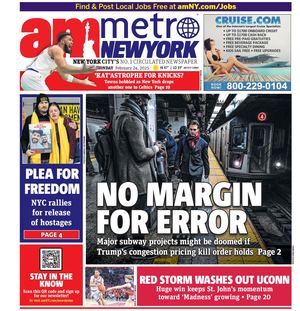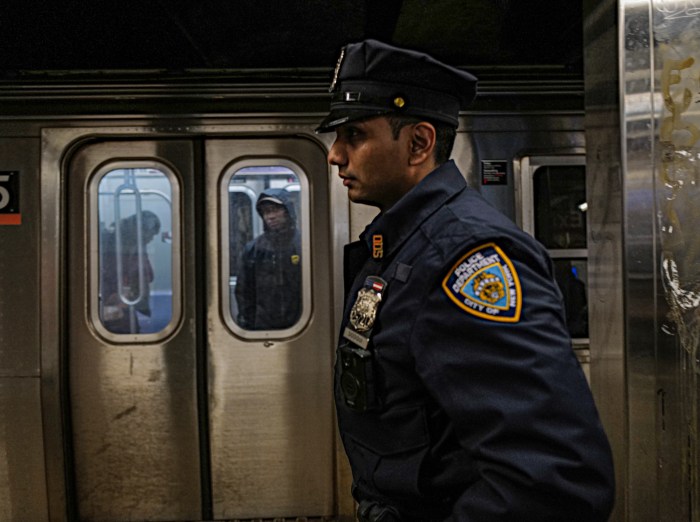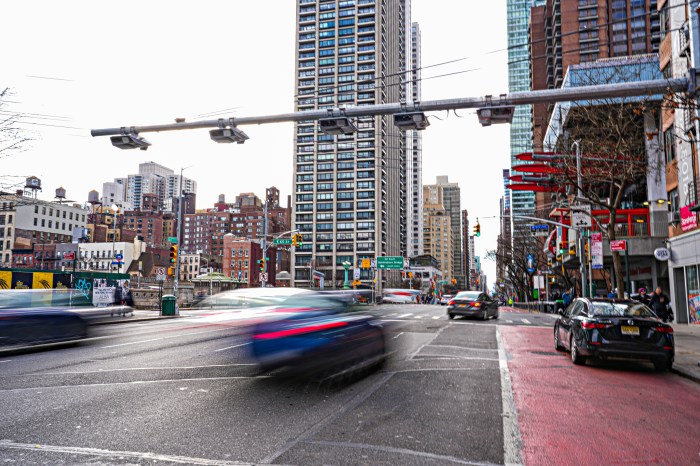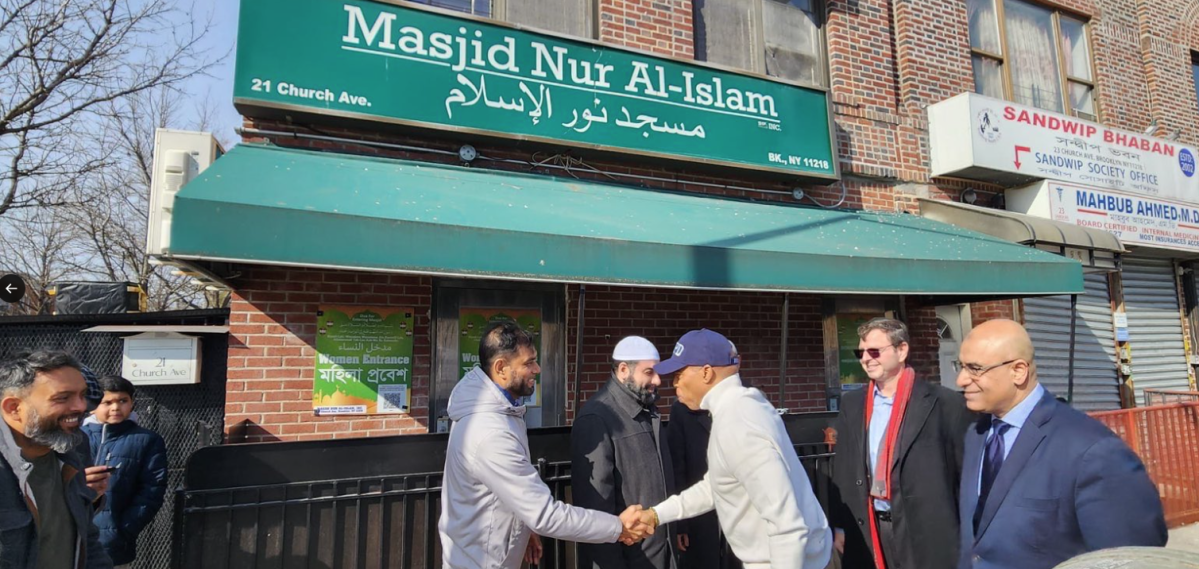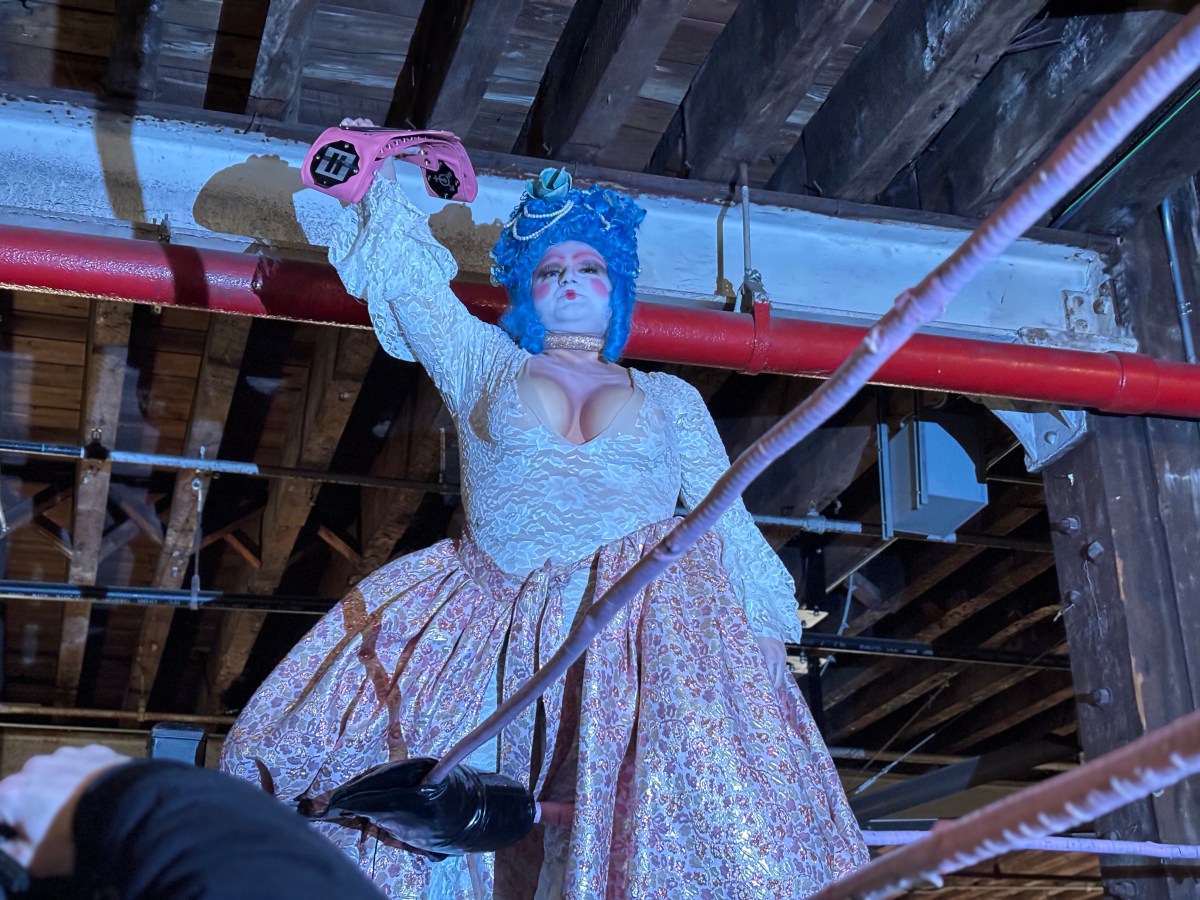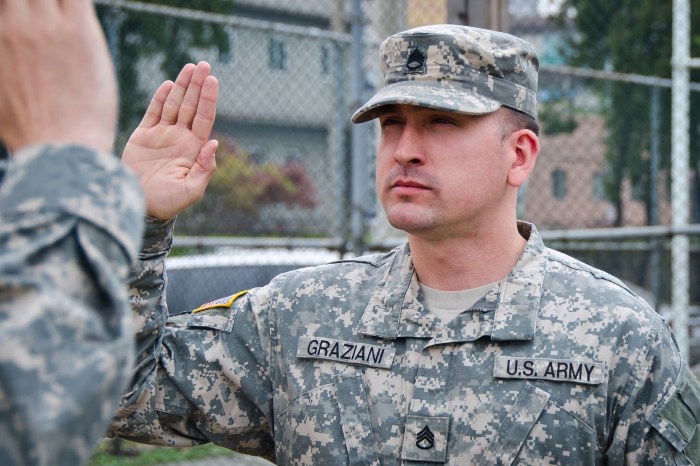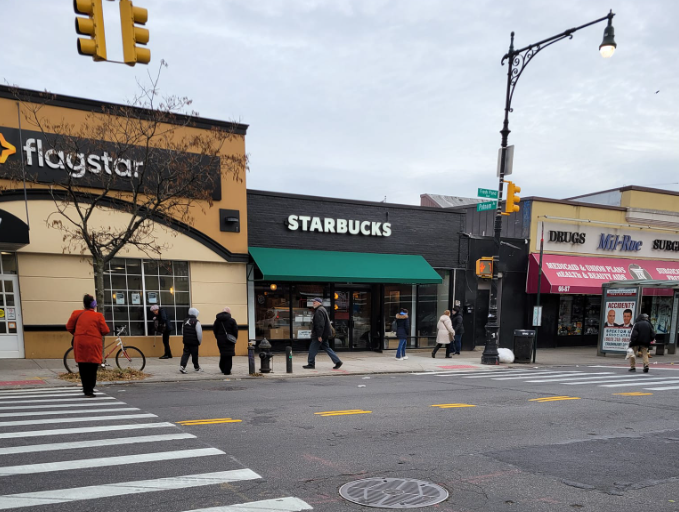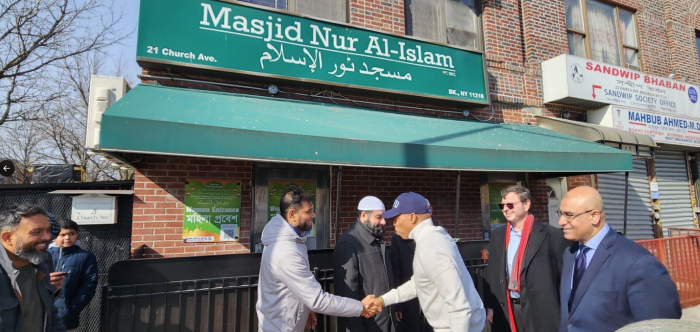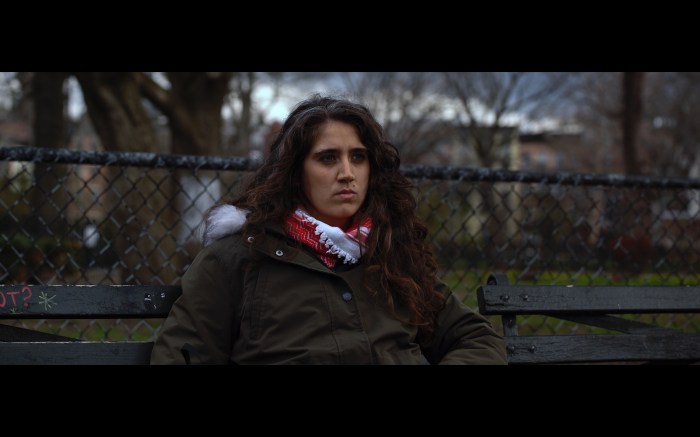The dust and confetti have settled, and the numbers are in. NYC Ferry’s Rockaway route served about 11,000 riders during its first week of service, according to the city.
The existing East River route, which was absorbed by NYC Ferry, served another 38,000, bringing total ridership to 49,000 for the first week of the new municipal ferry service, from Monday, May 1, through Sunday, May 7. Mayor Bill de Blasio saw promise in the numbers as the administration prepares to launch another four routes by the end of next year.
“Thousands of New Yorkers are starting and ending their day riding NYC Ferry—and this is just the beginning,” de Blasio said in a statement. “We’re bringing people back to the water. With two more routes set to launch this summer, these numbers are only going to grow from here on out.”
While the numbers were hailed by the mayor, who committed $325 million to launch the service and another $30 million annually for operations, some experts say it’s too soon to call the endeavor a success. Mitchell Moss, a professor of urban policy and planning at New York University, said that only time will tell.
“A ferry system for some areas of the city is going to be an acquired taste,” he said. “We have to give the service a full summer and full winter to see how the Rockaway population decides to use it.”
A one-way ticket costs $2.75, but service is not incorporated with the MTA, a state-run agency. This means riders won’t be able to transfer freely to subways or city buses. Critics of the service have argued that this will limit ridership on the ferries, which is expensive to subsidize.
Rising costs led to the demise of an older, now-defunct Rockaway ferry service that the city supported after Superstorm Sandy badly damaged A train tracks in the area. Despite vocal support from Rockaway residents, that iteration of ferry service only served about 3,000 riders per week and was discontinued in 2013, according to the city’s Economic Development Corporation.
The two initial NYC Ferry routes have thus far operated largely without a hitch—except for a mechanical issue with one of the new boats, which threw a wrench in morning commutes on the East River during day one.
De Blasio and James Patchett, the commissioner of the city’s Economic Development Corporation, the agency overseeing ferry operations, have marketed NYC Ferry as an alternative to driving or taking the subway. Moss countered that the ferries, each with a 150-person capacity, would at best complement—not supplement—the subway system. For instance, the Rockaway route served 11,000 riders in a week while the 11 A train subway stations in the area combined serve 16,400 riders in one day, according to MTA averages.
“Ferries are not going to be competitive,” Moss said. “The subway system has more than 400 stations with meaningful transit connections. This is much more of a specialized mode but it’s a delightful innovation. I think over time it’s going to develop a serious following.”
A South Brooklyn ferry route is scheduled to go online in June, with an Astoria route following in August. The Soundview and Lower East Side routes will come sometime in 2018. The city expects NYC Ferry to eventually draw 4.6 million annual riders once all six routes are in service.
